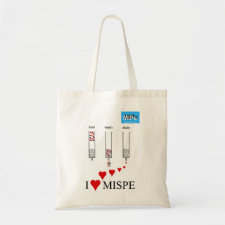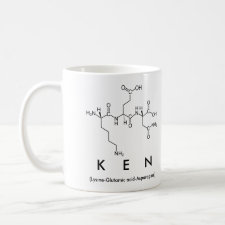
Authors: Takeuchi T, Mukawa T, Matsui J, Higashi M, Shimizu KD
Article Title: Molecularly imprinted polymers with metalloporphyrin-based molecular recognition sites coassembled with methacrylic acid.
Publication date: 2001
Journal: Analytical Chemistry
Volume: 73
Issue: (16)
Page numbers: 3869-3874.
DOI: 10.1021/ac010278p
Abstract: A diastereoselective molecularly imprinted polymer (MIP) for (- )-cinchonidine, PPM(CD), was prepared by the combined use of methacrylic acid and vinyl-substituted zinc(II) porphyrin as functional monomers. Compared to MIPS using only methacrylic acid or zinc porphyrin as a functional monomer, PM(CD) and PP(CD), respectively, PPM(CD) showed higher binding ability for (-)-cinchonidine in chromatographic tests using the MIP-packed columns. Scatchard analysis gave a higher association constant of PPM(CD) for (-)-cinchonidine (1.14 x 10(7) M-1) than those of PP(CD) (1.45 x 10(6) M-1) and PM(CD) (6.78 x 106 M-1). The affinity distribution of binding sites estimated by affinity spectrum analysis showed a higher percentage of high-affinity sites and a lower percentage of low-affinity sites in PPM(CD). The MIPs containing a zinc(II) porphyrin in the binding sites, PPM(CD) and PP(CD), showed fluorescence quenching according to the binding of (-)-cinchonidine, and the quenching was significant in the low-concentration range, suggesting that the high-affinity binding sites contain the porphyrin residue. The correlation of the relative fluorescence intensity against log of (-)-cinchonidine concentrations showed a linear relationship. These results revealed that the MIP having highly specific binding sites was assembled by the two functional monomers, vinyl-substituted zinc(II) porphyrin and methacrylic acid, and they cooperatively worked to yield the specific binding. In addition, the zinc(II) porphyrin-based MIPs appeared to act as fluorescence sensor selectively responded by binding events of the template molecule



Join the Society for Molecular Imprinting

New items RSS feed
Sign-up for e-mail updates:
Choose between receiving an occasional newsletter or more frequent e-mail alerts.
Click here to go to the sign-up page.
Is your name elemental or peptidic? Enter your name and find out by clicking either of the buttons below!
Other products you may like:
 MIPdatabase
MIPdatabase









